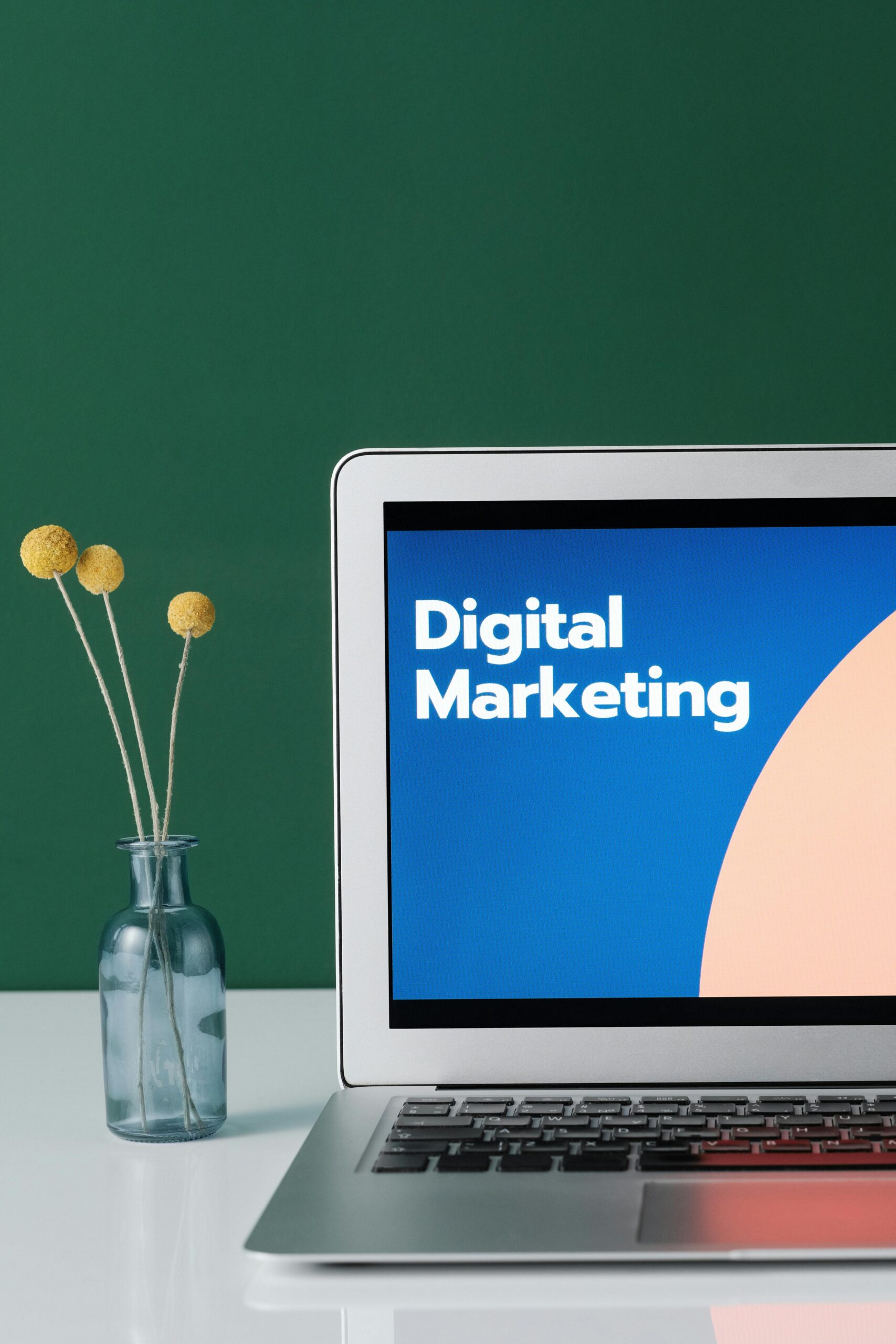In today’s digital age, having no online presence is not an option. Every
business, whether a startup or a large corporation, needs a well-planned
digital marketing strategy to stand out. Startup, small, or large business-it
does not matter; a planned digital marketing strategy puts them apart from
others and makes a difference between getting noticed by all or simply
hiding behind.
But how do successful brands achieve this? Let’s take some real-world
examples and analyze some of the key concepts that make a digital marketing
strategy successful.
Knowing Your Audience
The Pillar of Good Strategy :
A successful marketing strategy begins with a deep awareness of the needs of
your audience. After all, these customers are not just random people on the
internet; they have likes, dislikes, and behaviors that demonstrably affect how
they interact with brands.
AI tools such as Google Analytics, Facebook Audience Insights, or SEMrush
can be used for checking demographic and online behavioral trends and
interests. This does help businesses personalize messages so they create
sound personal rather than generic messages-a little with less chance that
the potential customers would engage.
Example of this is Zomato. Their push notifications and marketing messages
are not just generic, but tailored according to user behavior. Let’s say you
were just looking up food delivery options and haven’t placed an order; you
would probably get something witty like this:
“Your soulmate is out there somewhere… but in the meantime, how about
some pizza?”
“We see you’re awake. Midnight cravings, anyone?”
“Hey, we miss you more than you miss homemade food. Let’s change that?”
This kind of personalized and humorous approach keeps them tied along and
makes them feel like they know the brand.Once you understand your
audience, the next step is to engage them on the right digital platforms.
● Selecting the Right Digital Platforms:
Not all channels are valid for each business. Hence, you need to work on
where the majority of your audience is busy, tuned into that, and working out
your strategy. Instagram & TikTok are the powerhouse of Influencer
Marketing. When millennials and Gen Z are your target audiences, the
spotlight should be on Instagram and TikTok in digital marketing. The boom
in influencer marketing proves that customers trust real people more than
advertising.
The important fact is to be active on the digital platforms your audience
visits most. Then all the touchpoints are covered by getting an equal amount
of exposure through SEO, social media, email marketing, and paid
advertising.
-SEO & Content Marketing:
Helps businesses rank on Google and acquire
organic traffic.
-Social media marketing: Enables audience engagement through posts,
stories, and other ads and promotions.
-Email Marketing: Builds long-term relationships with customers using
personalized messages.
-PPC: Pay-Per-Click advertising drives instant visibility through Google and
social media ads.
● Power of Strong Content :
Content needs to be more than just “This should be put up in this month”:
value has to be delivered through messages. No one is so much interested in
sales pitches; they can’t have a whole lot of stuff selling to them constantly;
they want help to make it easier, make it more enjoyable, or make it
informative.
Whether written in blogs, produced on videos, presented through
infographics or posted by some interactive post, the content should engage
and relate to the audience. Tools such as ChatGPT, Jasper AI, and Copy.ai
help in generating ideas and drafting content while design platforms such as
Canva augment visibility further.
Further, storytelling has become an important part. High emotional
connection and relationship with their audience lead brands to have stronger
loyalty and trust. A compelling brand story, testimonials, and
behind-the-scenes content give that authentic, relatable feel to businesses.
● AI and Automation – The Smarter Way of Marketing :
Artificial Intelligence is the game changer in digital marketing. It has made
marketing smart and more efficient. From AI-powered chatbots giving
real-time customer service to recommending products based on the user’s
behavior on an e-commerce site, automation makes customer engagement
hassle-free for businesses.
Email marketing tools like Mailchimp and Hubspot use AI to create
personalized emails based on behavior, while social media scheduling
platforms, such as Hootsuite and Buffer, do it without spending time on it.
AI-powered predictive analytics helps organizations see the needs of clients
even before they say it. AI can suggest products, services, or even content to
individuals based on their past interactions with the organization and thus
lead to maximum engagement and conversions.
A good example is Netflix using AI recommendations. The people do get
those because you watched… suggestions, but that is simply AI analyzing
your viewing patterns to give advice on what might be good to watch next.
Same principle applies into e-commerce, food delivery, and even fitness
apps-customization means everything!
● Measuring Success and Strategy Improvement :
Launching campaigns is another thing; an entirely different story is
improvement along the way. Such things include tracking by means of
Google Analytics, Facebook Insights, and SEO tools like Ahrefs, to identify
what things are working and what need adjusting.
KPIs such as website traffic, engagement rates, conversion rates, and ROI
gain insights into how successful marketing initiatives are. If businesses
measure and analyze them continuously, they change their strategies
promptly and thus maximize impact.
Conclusion :
The digital world is constantly evolving, but one thing remains
certain—brands that stay creative, data-driven, and customer-focused always
come out on top. Success lies in understanding your audience, choosing the
right platforms and influencers, and leveraging AI and automation for
smarter marketing. Staying ahead of trends, embracing user-generated
content, and continuously analyzing and optimizing strategies are key to
long-term growth. By adapting to change and prioritizing innovation,
businesses can maintain a competitive edge and achieve lasting success in
the digital landscape.

